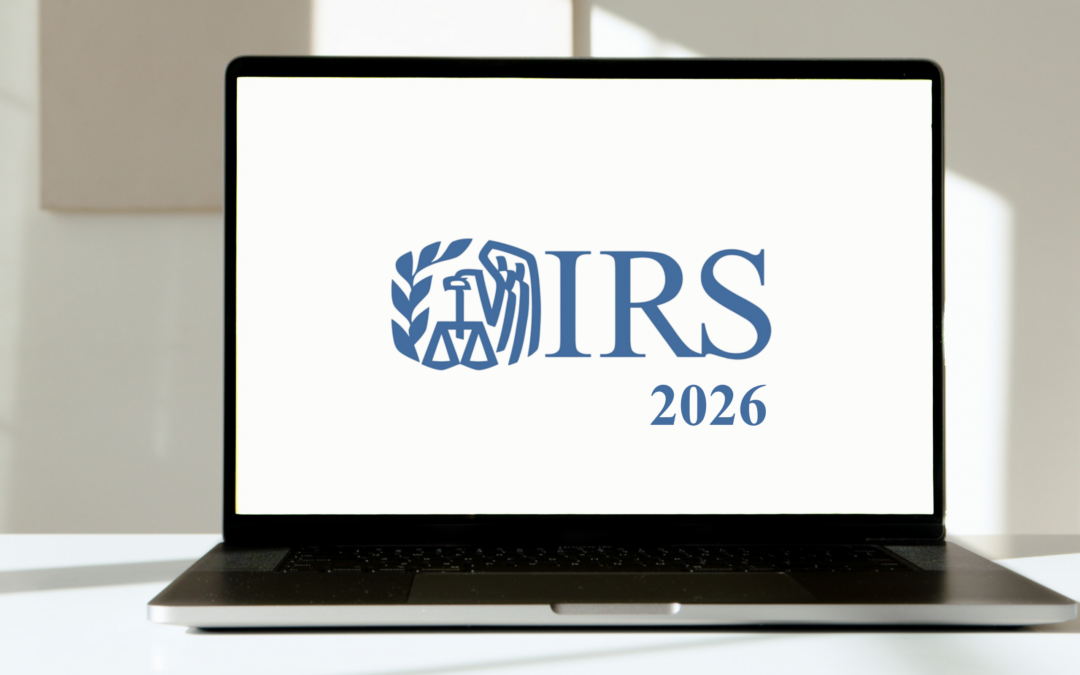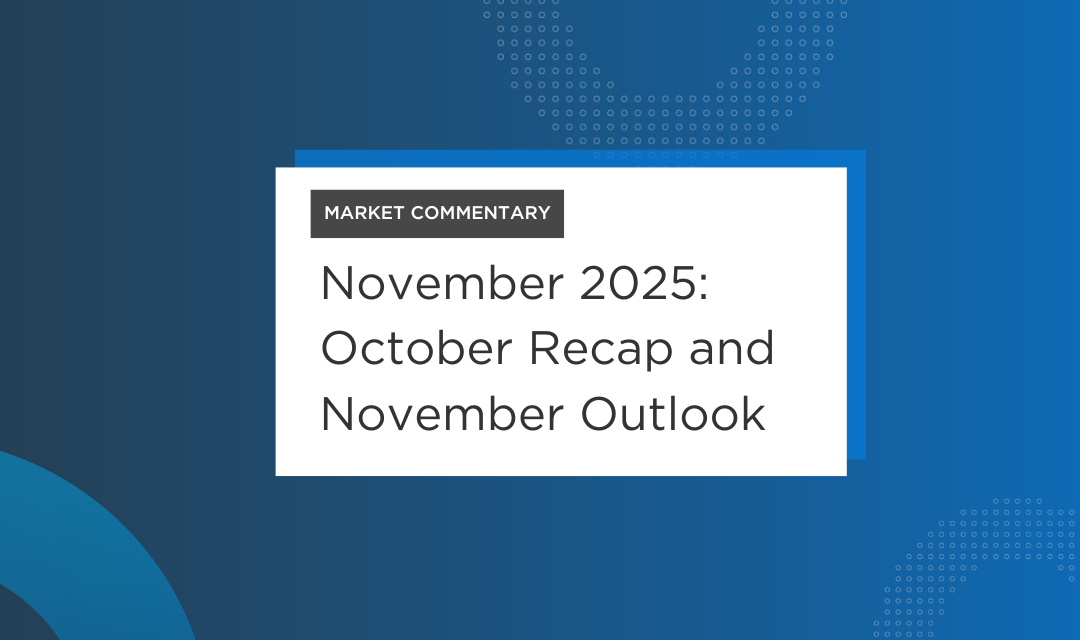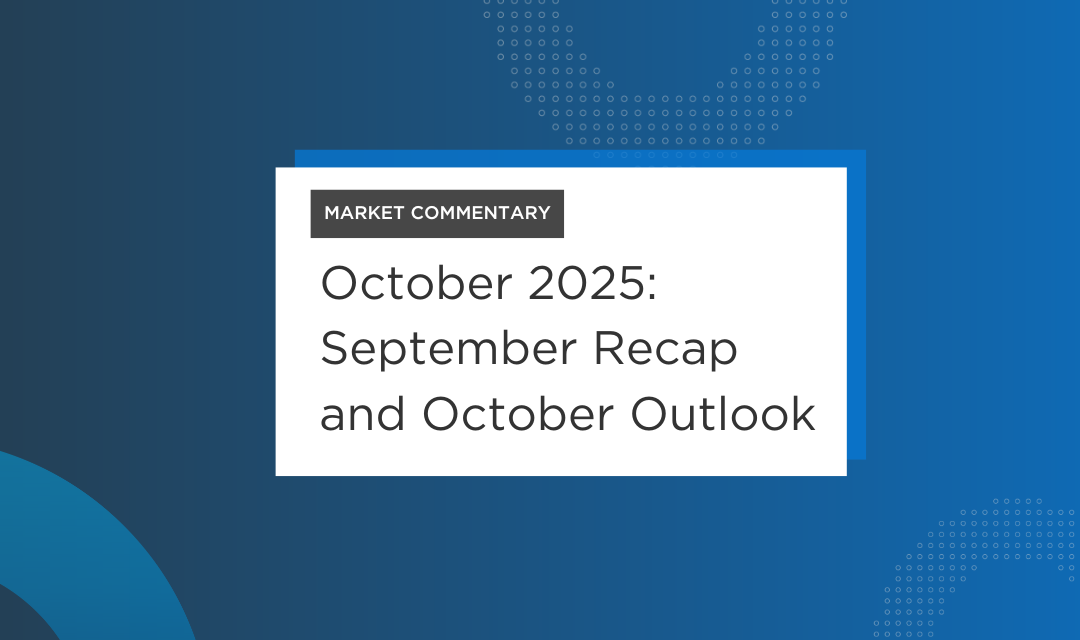Employer-sponsored qualified retirement plans such as 401(k), 457(b), and 403(b)s are some of the most powerful retirement savings tools available. If your employer offers such a plan and you’re not participating in it, you should be. Once you’re participating in a plan, try to take full advantage of it.
Understand your employer-sponsored plan
Before you can take advantage of your employer’s plan, you need to understand how these plans work. Read everything you can about the plan and talk to your employer’s benefits officer. You can also talk to a Retirement Plan Specialist, a tax advisor, and other professionals. Recognize the key features that many employer-sponsored plans share:
- Your employer automatically deducts your contributions from your paycheck. You may never even miss the money — out of sight, out of mind.
- You decide what portion of your salary to contribute, up to the legal limit. And you can usually change your contribution amount on certain dates during the year or as needed.
- With 401(k), 403(b), 457(b), SARSEPs, and SIMPLE plans, you contribute to the plan on a pre-tax basis. Your contributions come off the top of your salary before your employer withholds income taxes.
- Your 401(k), 403(b), or 457(b) plan may let you make after-tax Roth contributions — there’s no up-front tax benefit but qualified distributions are entirely tax free (distributions made after you satisfy a five-year holding period and reach age 59½, become disabled, or die — are tax free).
- Your employer may match all or part of your contribution up to a certain level. You typically become vested in these employer dollars through years of service with the company.
- Your funds grow tax deferred in the plan. You don’t pay taxes on investment earnings until you withdraw your money from the plan.
- You’ll pay income taxes (and possibly an early withdrawal penalty) if you withdraw your money from the plan.
- You may be able to borrow a portion of your vested balance (up to $50,000) at a reasonable interest rate.
- Your creditors cannot reach your plan funds to satisfy your debts.
Contribute as much as possible
The more you can save for retirement, the better your chances of retiring comfortably. If you can, max out your contribution up to the legal limit (or plan limits, if lower). If you need to free up money to do that, try to cut certain expenses.
Why put your retirement dollars in your employer’s plan instead of somewhere else? One reason is that your pre-tax contributions to your employer’s plan lower your taxable income for the year. This means you save money in taxes when you contribute to the plan — a big advantage if you’re in a high tax bracket. For example, if you earn $60,000 a year and contribute $5,000 to a retirement plan, you’ll pay income taxes on $55,000 instead of $60,000. (Roth contributions don’t lower your current taxable income but qualified distributions of your contributions and earnings — that is, distributions made after you satisfy a five-year holding period and reach age 59½, become disabled, or die — are tax free.)
Another reason is the power of tax-deferred growth. Your investment earnings compound year after year and aren’t taxable as long as they remain in the plan. Over the long term, this gives you the opportunity to build additional savings in your employer’s plan. You should end up with a larger balance than somebody who invests the same amount in taxable investments at the same rate of return.
Capture the full employer match
If you can’t max out your 401(k) or other plan, you should at least try to contribute up to the limit your employer will match. Employer contributions are basically free money once you’re vested in them (check with your employer to find out when vesting happens). By capturing the full benefit of your employer’s match, you’ll be surprised how much faster your balance grows. If you don’t take advantage of your employer’s generosity, you could be passing up additional growth on your money.
For example, you earn $30,000 a year and work for an employer that has a matching 401(k) plan. The match is 50 cents on the dollar up to 6% of your salary. Each year, you contribute 6% of your salary ($1,800) to the plan and receive a matching contribution of $900 from your employer.
Evaluate your investment choices carefully
Most employer-sponsored plans give you a selection of mutual funds or other investments to choose from. Make your choices carefully. The right investment mix for your employer’s plan could be one of your keys to a comfortable retirement. That’s because over the long term, varying rates of return can make a big difference in the size of your balance.
Note: Before investing in a mutual fund, carefully consider the investment objectives, risks, charges, and expenses of the fund. This information can be found in the prospectus, which can be obtained from the fund. Read it carefully before investing.
Research the investments available to you. How have they performed over the long term? How much risk will they expose you to? Which ones are best suited for long-term goals like retirement? You may also want to get advice from a financial professional (either your own, or one provided through your plan). He or she can help you pick the right investments based on your personal goals, your attitude toward risk, how long you have until retirement, and other factors. Your financial professional can also help you coordinate your plan investments with your overall investment portfolio.
Know your options when you leave your employer
When you leave your job, your vested balance in your former employer’s retirement plan is yours to keep. You have several options at that point, including:
- Taking a lump-sum distribution. Before choosing this option, consider that you’ll pay income taxes and possibly a penalty on the amount you withdraw. Plus, you’re giving up the continued potential of tax-deferred growth.
- Leaving your funds in the old plan, growing tax deferred. (Your old plan may not permit this if your balance is less than $5,000, or if you’ve reached the plan’s normal retirement age — typically age 65.) This may be a good idea if you’re happy with the plan’s investments or you need time to decide what to do with your money.
- Rolling your funds over to an IRA or a new employer’s plan (if the plan accepts rollovers). This may also be an appropriate move because there will be no income taxes or penalties if you do the rollover properly (your old plan will withhold 20% for income taxes if you receive the funds before rolling them over, and you’ll need to make up this amount out of pocket when investing in the new plan or IRA). Plus, your funds continue to potentially benefit from tax-deferred growth.
In conclusion, employer-sponsored retirement plans are an excellent way to save for retirement, and employees should take advantage of them whenever possible. By understanding the plan’s features, contributing as much as possible, capturing the full employer match, and evaluating investment choices carefully, employees can maximize the benefits of their plan and increase their chances of retiring comfortably. By taking these steps, individuals can make the most of their employer-sponsored retirement plans to pursue their retirement goals.
DISCLOSURES
Investment advisory services offered through TCG Advisors, an SEC registered investment advisor. Insurance Services offered through HUB International. Tax services offered through RPW Solutions. Although the information in this blog has been compiled from data considered to be reliable, the information is unaudited and is not independently verified.
Tax services offered through RPW Solutions. TCG Advisors does not provide tax, legal or accounting advice. This presentation was prepared for information purposes only, and is not intended to provide, and should not be relied on for, tax, legal or accounting advice. You should consult your own tax, legal and accounting advisor before engaging in any transaction.
This website is not authorized for use as an offer of sale or a solicitation of an offer to purchase investments. This website is for informational purposes only and does not constitute an offer to sell, a solicitation to buy, or a recommendation for any security, or as an offer to provide advisory or other services in any jurisdiction in which such offer, solicitation, purchase or sale would be unlawful under the securities laws of such jurisdiction. TCG.85.2023



